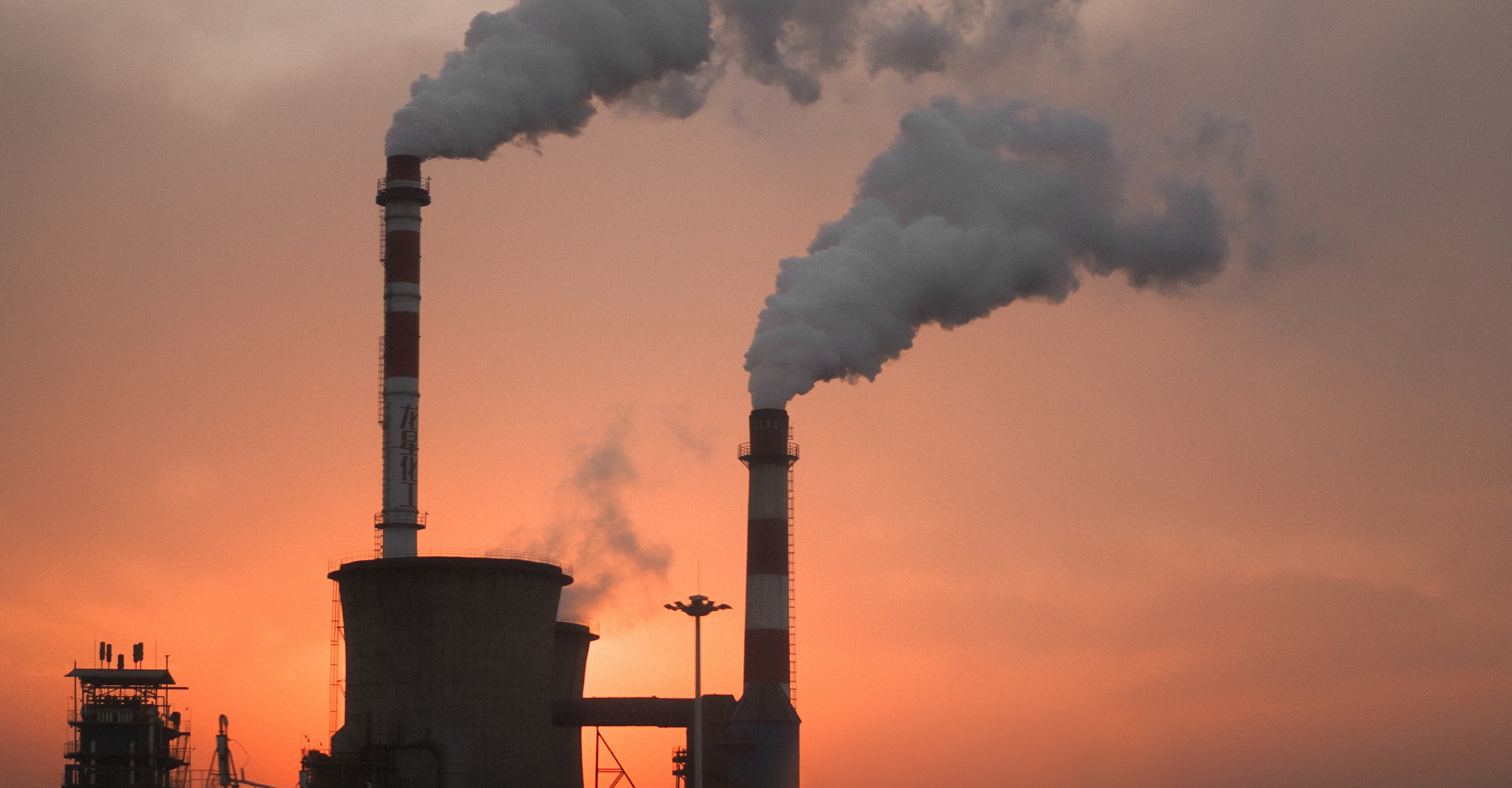Another major oil company tiptoes into the carbon removal space

ExxonMobil’s deal with a startup developing ways to suck carbon dioxide from the air marks another sign of the oil and gas sector’s growing interest.
The details: ExxonMobil reached a deal with carbon removal startup Global Thermostat to explore using the New York firm’s technology to capture greenhouse-gas emissions from power plants and the atmosphere. If tests prove promising, ExxonMobil may build out pilot projects at its facilities, the companies said in a press release. No financial terms were disclosed.
What’s driving the deal? ExxonMobil didn’t lay out its precise hopes or motivations. In a statement, it said carbon capture and storage technologies are among “a suite of ExxonMobil research programs focused on developing lower-emissions solutions to mitigate the risks of climate change.”
Among other things, direct air capture can potentially offer energy companies a way to offset climate emissions from other parts of their operations, or simply to generate positive marketing or publicity. It can also provide a source for enhanced oil recovery operations, a process that injects CO2 into wells to free up additional oil.
In related news: The announcement follows on the heels of similar news from Oxy Low Carbon Ventures, a subsidiary of oil and gas giant Occidental. That company invested in British Columbia–based Carbon Engineering and announced plans to work with the direct-air-capture startup to develop what would be the biggest carbon dioxide removal plant in the world. If built, the Texas facility would be capable of sucking half a million metric tons of the greenhouse gas out of the air annually.
In that case, Oxy would be the main customer for the captured carbon dioxide, employing it for enhanced oil recovery at its wells in the Permian Basin.
But …: One environmental concern about pairing carbon removal with enhanced oil recovery is that you may just be increasing fossil-fuel availability, negating much of the benefit from the carbon capture. (See “Why the world’s biggest CO2-sucking plant would be used to … err, dig up more oil?”)
Deep Dive
Climate change and energy
The problem with plug-in hybrids? Their drivers.
Plug-in hybrids are often sold as a transition to EVs, but new data from Europe shows we’re still underestimating the emissions they produce.
Harvard has halted its long-planned atmospheric geoengineering experiment
The decision follows years of controversy and the departure of one of the program’s key researchers.
Why hydrogen is losing the race to power cleaner cars
Batteries are dominating zero-emissions vehicles, and the fuel has better uses elsewhere.
Decarbonizing production of energy is a quick win
Clean technologies, including carbon management platforms, enable the global energy industry to play a crucial role in the transition to net zero.
Stay connected
Get the latest updates from
MIT Technology Review
Discover special offers, top stories, upcoming events, and more.